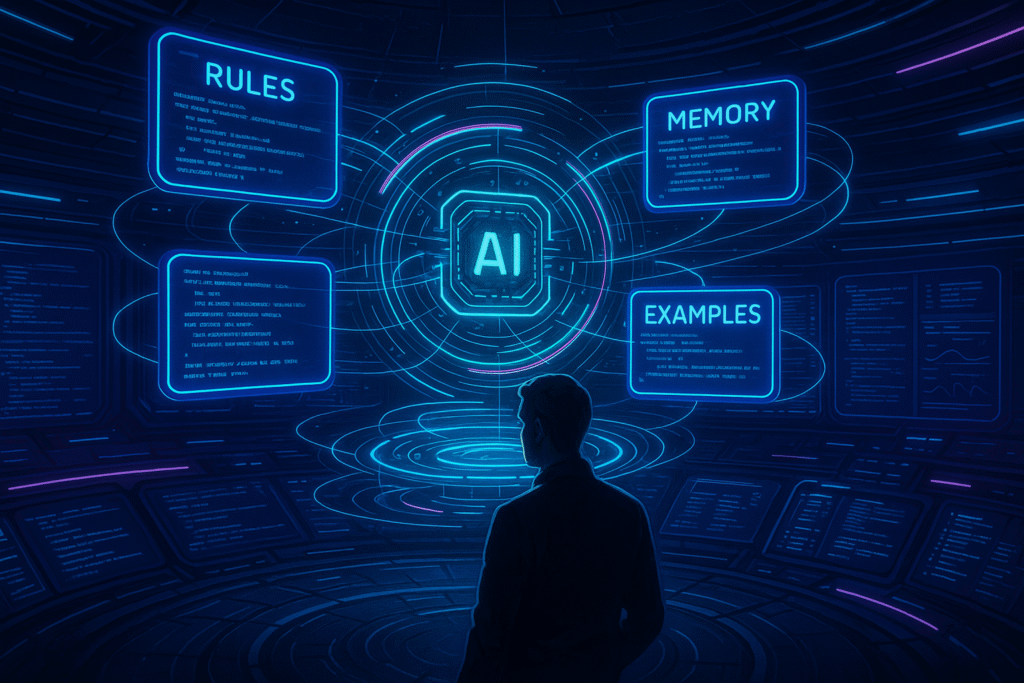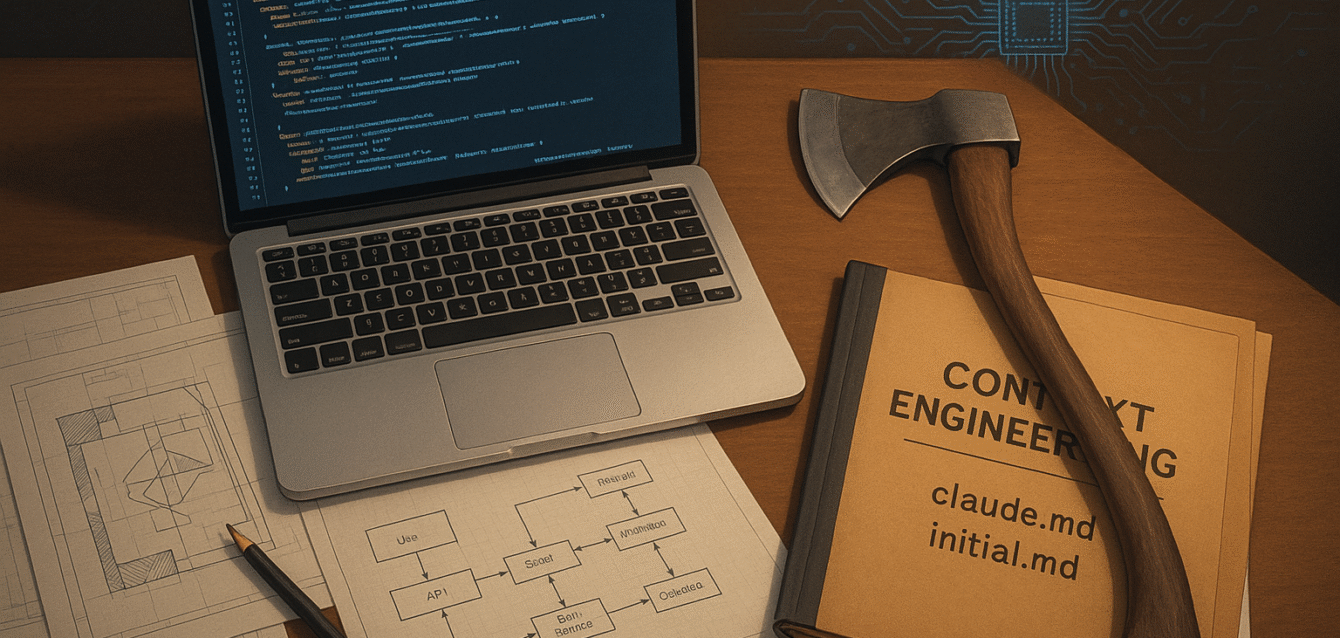AI-assisted coding has ushered in a new era of rapid prototyping and “instant” code generation. But as enticing as the dopamine rush of generated snippets can be, the honeymoon period of so-called “vibe coding” is over. To build robust, scalable systems, developers must embrace context engineering—the art and science of architecting the environment around AI models so they consistently deliver production-ready code.
The Pitfalls of Vibe Coding
Vibe coding—a term coined by Andre Karpathy—describes the practice of leaning 100% on your AI assistant to crank out code with minimal input and no thorough validation. It’s perfect for quick weekend hacks or proof-of-concept demos, but it falls apart the moment you try to ship at scale.
- Dopamine over discipline: Instant code can feel addictive, yet relies on trial-and-error until “it works.”
- Zero guardrails: Without structured checks, hallucinations and subtle bugs slip through.
- Production risk: Rough prototypes rarely translate into maintainable systems.
Developers agree: over three-quarters report low confidence in shipping AI-generated code without human review. Intuition might fuel rapid hacks, but it doesn’t scale—structure does.
Defining Context Engineering
Context engineering elevates your AI workflow from one-off prompts to a fully-fledged software practice. As Karpathy puts it, it’s “the art of providing all the context for the task to be plausibly solvable by the LLM.” Imagine treating your instructions, rules, documentation, and examples as first-class code artifacts—engineered, versioned, and organized.

Context vs. Prompt Engineering
| Prompt Engineering | Context Engineering |
|---|---|
| Tweaks wording to coax a single good response | Supplies full ecosystem: facts, rules, docs, tools, and memory |
| Ad hoc, often unstable across runs | Architected and version-controlled for consistency |
| Focus on one-off outputs | Enables long-term, agentic workflows |
The Five Pillars of Context Engineering
To build reliable AI coding assistants, weave these five components into your pipeline:
- Prompt Foundations: Craft clear, structured prompts as an entry point.
- Structured Output: Enforce JSON schemas, test stubs, or linting rules so results are predictable.
- State History & Memory: Store past interactions so agents “remember” prior work and reduce redundancy.
- Example-Driven Context: Embed relevant code snippets, design patterns, and real-world use cases.
- RAG (Retrieval-Augmented Generation): Hook into external docs and knowledge bases so the model can reference authoritative sources.
Building Your Context Engineering Toolkit with Claude Code
Claude Code stands out as one of the most agentic AI coding assistants. Here’s a template for organizing your context files and commands:
- claude.md (Global Rules):
- Best practices for code style and testing
- Naming conventions, commit guidelines, and review workflows
- initial.md (Feature Specification):
- Detailed description of the feature
- Code examples and past-project snippets
- Documentation references (for RAG)
- “Gotchas” and failure cases to watch for
- commands/generatePRP:
- Research APIs and existing codebases
- Architectural planning and step-by-step breakdown
- Outputs a Product Requirements Prompt (PRP) with goals, success criteria, and file structure
- commands/executePRP:
- Automatically turns the PRP into a granular task list
- Implements code, runs tests, and iterates end-to-end
In one demonstration, Claude Code consumed this context, drafted a full agent plan, wrote and tested code, and delivered a working project in under 30 minutes—with just one round of feedback.
Security Considerations & Best Practices
AI assistants introduce novel attack vectors. Guard your workflow by:
- Sanitizing Inputs: Prevent prompt injection by filtering user-supplied data.
- Isolating Execution: Run generated code in sandboxes or containers.
- Auditing Models: Monitor for unusual responses that could indicate poisoning or hallucinations.
- Access Controls: Limit which context files and APIs the model can reach.
Conclusion: Sharpen Your Axe
The era of vibe coding may have felt exhilarating, but true progress demands structure. Context engineering transforms prompts and memory, RAG, and templates into a powerful, reliable foundation for AI-driven development. By investing time “sharpening your axe”—crafting global rules, comprehensive specs, and retrieval pipelines—you’ll reap compounding productivity gains, higher-quality code, and far fewer surprises in production.
Ready to Transform Your Business with AI?
If you’re interested in harnessing the power of AI to drive innovation, efficiency, and growth, our expert AI consulting team is here to help. Get in touch today for a personalized consultation and discover how we can tailor AI solutions to meet your unique business challenges.







